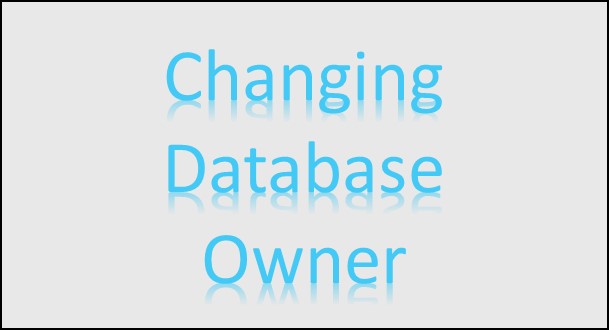“Why can’t I login after the database restore?” As a DBA, this is one of the … Map users to loginsRead more
Permissions
Deny updates on a table but allow inserts
Sometimes it is nessesary to deny updates on a table, but allow inserts. This is the … Deny updates on a table but allow insertsRead more
List SQL server roles by users
SQL Server roles can be used to give users server wide privileges. The server roles are … List SQL server roles by usersRead more
A replacement for syslogins
The system table sys.syslogins was marked as deprecated in SQL Server 2005, and is included up … A replacement for sysloginsRead more
Changing the database owner
When a database is created, the logged in user is set as the database owner as … Changing the database ownerRead more

